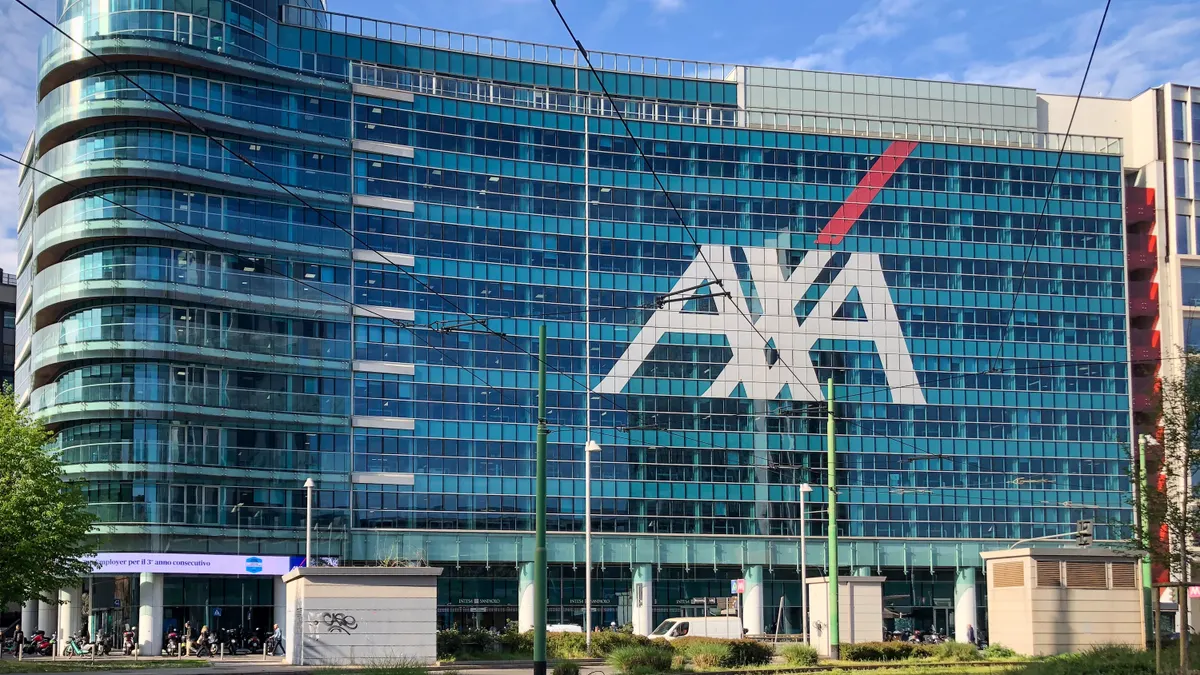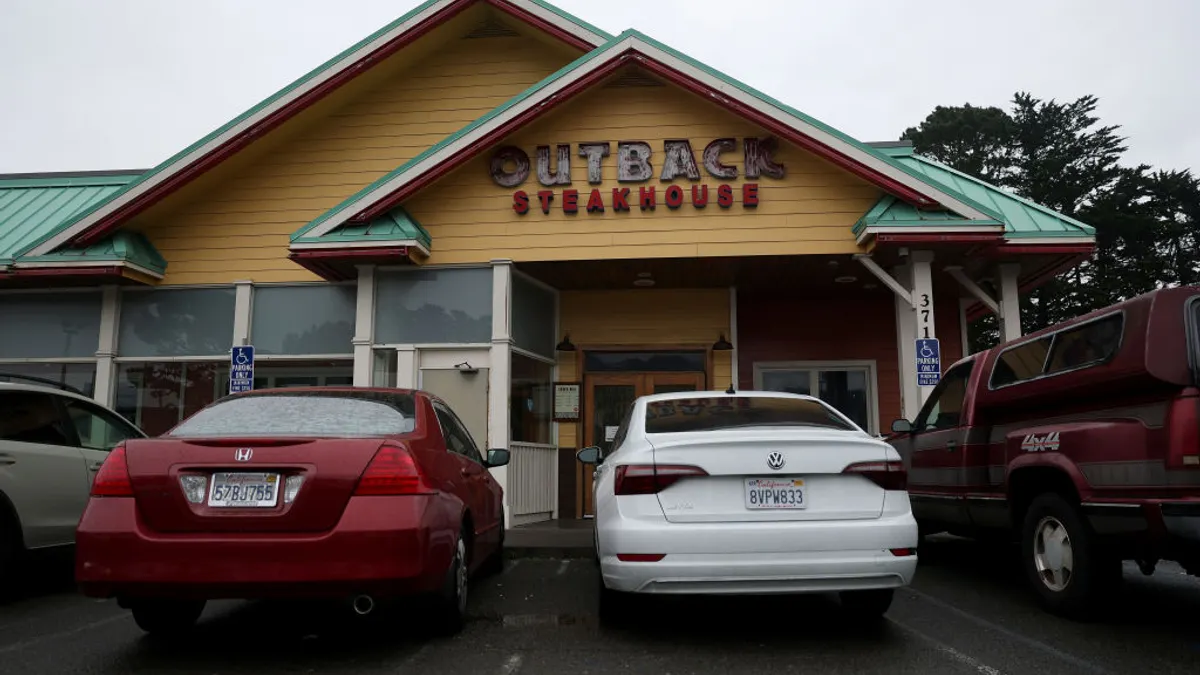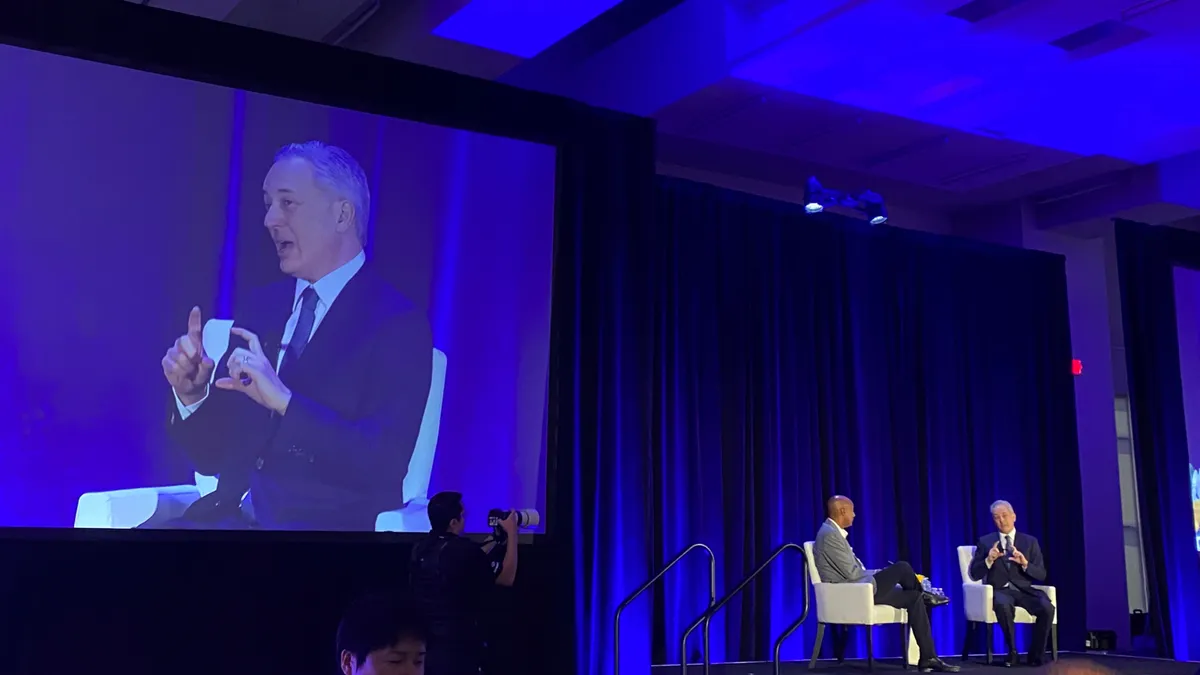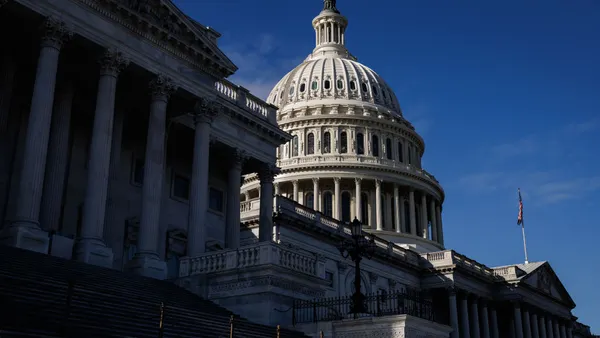With many months of geographical freedom ahead, some workers in the country's historic tech hubs dream of hitting the road.
Permanent relocation becomes a viable option for two-thirds of technologists if work from home is the norm, according to a Blind survey with 4,400 respondents. The trend holds across the top tech hubs — San Francisco, New York and Seattle.
"I don't think this means people will move out immediately," said Kyum Kim, co-founder of San Francisco-based software company Blind. The first phenomenon he spotted was people moving to nearby cities or suburbs as companies extend remote work plans.
A swath of the tech workforce free from location ties will have an impact on the talent market, already crunched prior to the crisis. Employers can reap benefits by expanding the scope of talent outreach and by reshaping the profile of an ideal candidate.
Rising interest in relocation has been accompanied by an uptick in job posts that allow telecommuting, data from Indeed shows. But job descriptions that allow for distributed work could be temporary, said Jed Kolko, chief economist at Indeed. Despite the normalcy of work from home, full relocation isn't necessarily possible for anyone with a remote job.
A trend accelerated
Reverse relocation, where the focus of talent strategies shifts from main tech hubs for suburbs or smaller cities, isn't a new trend.
In an effort to attract and retain the talent needed to meet growth projections, some tech giants in the Bay Area offered workers a chance to come work for them, with financial support to relocate from San Francisco to another state or another city.
"That was one of the things people were doing, or a lever they pulled, to solve for the challenge that's taking place in talent wars," said Paul Wallenberg, director of technology services at staffing firm LaSalle Network.
Accurately quantifying the scope to which workers are leaving big cities is a challenge. Government data on migration and housing patterns lags, meaning it won't reflect these shifts for quite a while, Kolko said.
But there are data points that can suggest a decrease in city living, with the caveat that the impact of the crisis has been far-reaching.
"We will continue to see employers evaluate their recruiting and hiring practices."

Tim Herbert
EVP for research and market intelligence at CompTIA
Rent for a one-bedroom apartment in San Francisco fell nearly 14% year-over-year in September, according to data from housing portal Zumper. The drop is one indication demand may be falling ― though there are many factors at play, including Airbnb owners flipping their apartments into longer-term rentals as business travels falls.
When the pandemic took hold of daily life, part of the appeal of city living — socializing or patronizing a beloved restaurant or bar — retreated or drastically changed. Losing those perks left workers feeling like they're "not missing out on anything by leaving the city," said Colin Yasukochi, executive director of CBRE’s Tech Insights Center.
The ability to telecommute further encourages retreating away from densely populated centers, with long-term remote work policies emboldening technologists to relocate.
Between the pandemic and the high cost of living, the odds increase for "not a mass exodus, but a pretty aggressive trickle of people out of the most well-populated tech hubs in the U.S.," said Wallenberg.
Cell phone location data, the type used for monitoring which cities more strictly adhered to quarantine protocols, could be useful in understanding city migration in the mid- to long term, and what volume of relocation became permanent.
Workers seek a way out of the city as commercial real estate feels the pinch, said Kim. "Downtown feels a little bit apocalyptic."
Pinterest recently doled out nearly $90 million in fees to break its lease on a hub in San Francisco's Central SoMa neighborhood. The move signals a trend feared by commercial real estate.
As the nearly half-million square feet hub shuttered, the company is rethinking its workforce strategy, said Todd Morgenfeld, Pinterest’s CFO, in a statement to the San Francisco Chronicle.
Impact on hiring
COVID-19 did little to change what roles employers need to fill more urgently. Software engineers continue to top tech execs' shopping lists, according to Indeed data from July. Data and cloud follow closely.
For 2021 and beyond, the lessons from COVID-19 will impact how companies approach hiring, with distributed work a fixture in many job posts. In addressing the shift, hiring managers will contend with bigger hiring pipelines as workers apply regardless of their location.
"We will continue to see employers evaluate their recruiting and hiring practices," said Tim Herbert, EVP for research and market intelligence at CompTIA.
The way interviews are conducted, how the pipeline is filled and the profile of an ideal worker will change in response to the pressures put on the talent market.
"Downtown feels a little bit apocalyptic."

Kyum Kim
Cofounder at Blind
The ideal candidate profile will need to shift, expanding hiring options for managers.
"[Companies] have always hired a certain type of job candidate," said Herbert. "And there's simply not enough of those types of candidates to be had."
This will push companies hungry for talent to evaluate candidates with different backgrounds, with less experience, and perhaps dipping into the talent pool of industries that did not fare as well, said Herbert. The change in candidate profile is another trend accelerated by the pandemic.
But the appeal of the large city has endurance, especially for more junior professionals seeking networks to plug into, a safety net that can provide alternatives given tech's usually short turnover period.
"Working remotely is easier for people who already have strong networks," said Kolko. "People who are later in their careers might feel they could move away and maintain a lot of those relationships remotely. But people earlier in their careers might be more likely to value the kind of networking and relationship building that works better in person."






















